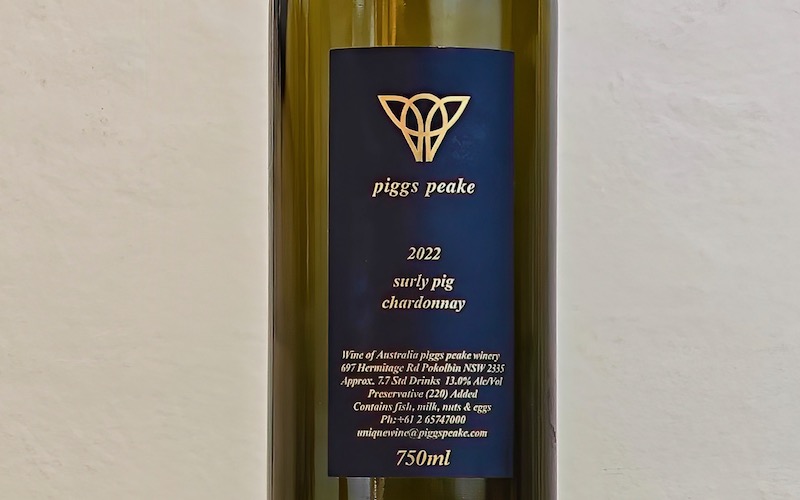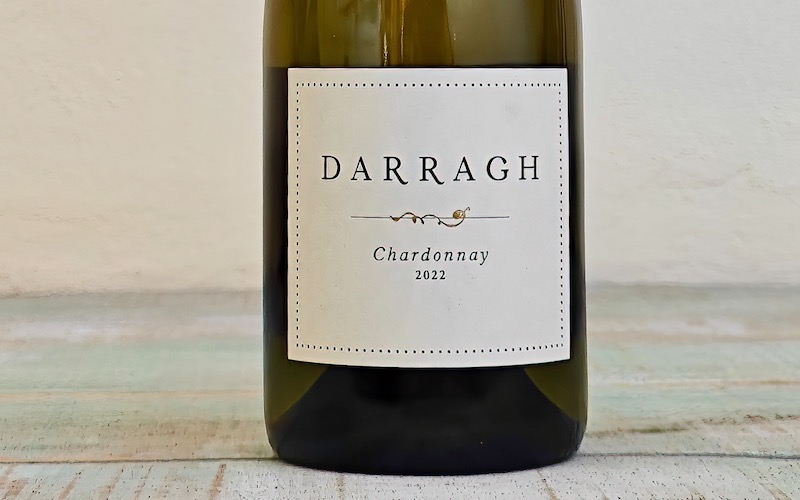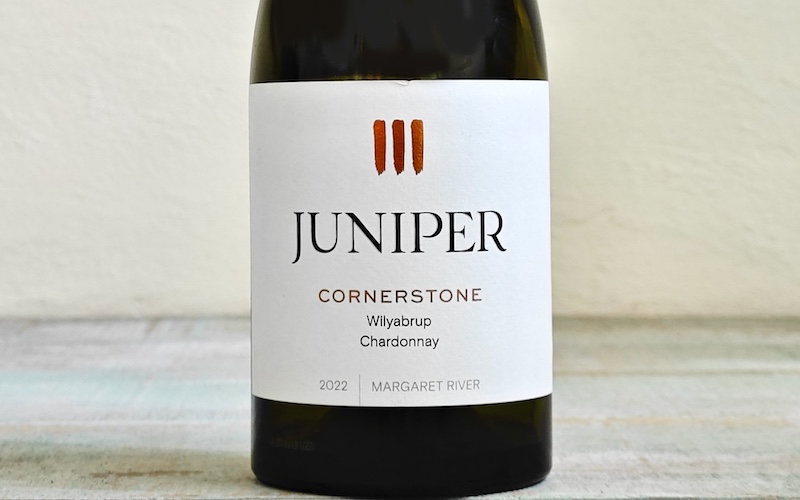Are you a member of the ABC club (’anything but chardonnay’)? Many people are, as traditional buttery heavily-wooded Australian chardonnay has largely fallen out of fashion. But take another look.


Chardonnay, the world’s most widely planted white grape, is also one of the most divisive. People tend to either love or hate it. However chardonnay is very versatile and appears in many guises – from classic sparkling Methode Champenoise blanc de blanc, through elegant French Chablis, to fuller-bodied Australian chardonnays. So there’s a chardonnay style for everyone. For a long time I caught myself saying: “I don’t like chardonnay”. But I know that isn’t true, as I love Chablis. So I’ve been on a mission to find crisper, leaner new style Australian chardonnay that I do like – and I’ve discovered some crackers. If, like me, you’re not a fan of oaky buttery chardonnay, take a look at these more elegant examples of the best new Australian chardonnay before you discount this noble grape variety in its entirety. See the FAQ below to learn more about versatile chardonnay.

Esilio Outward Bounds Chardonnay Mount Lofty Ranges (SA)
In the Mount Lofty Ranges, between the Barossa and Adelaide Hills, Harry Mantzarapis makes this fresh vibrant chardonnay that’s like spring in a glass. The floral nose is followed by a touch of fruit on the front palate (a little melon and peach I think) before a lovely long, balanced acid finish. It’s approachable, great-value and easy drinking – I want a glass of this elegant Australian chardonnay with a plate of fritti misti or beer-battered fish and chips.

Piggs Peake Surly Pig Chardonnay Hunter Valley (NSW)
Piggs Peake winemaker Steve Langham produces great examples of both fuller-bodied and leaner chardonnays. The key, he told me, is when you pick the grapes. Surly Pig is made from the first picking, when grapes are still green. It’s pale olde golde in the glass with a touch of spice cupboard on the nose, easy drinking, soft and slightly savoury. I love it with a Provençal-style goats cheese salad.

Charteris Chardonnay Hunter Valley (NSW)
PJ Charteris makes wines from grapes grown in both Central Otago and the Hunter Valley. His Hunter chardonnay is complex and restrained with a subtle hint of butter and toast on the nose. It follows through with a touch of yeasty brioche on the refreshing, textured palate alongside lovely notes of quince and ripe grapefruit. I’m pouring a glass of this with my next spaghetti carbonara.

Vinden Wines Chardonnay Hunter Valley (NSW)
Angus Vinden is one of the young gun winemakers revitalising the Hunter Valley’s image with textured, balanced, delicious food-friendly wines. The floral and herbal aromas of his chardonnay remind me of a stroll through a meadow. The palate is bold, with a lovely mélange of complex fruit (more preserved lemon than fresh citrus), savoury notes and balanced acid that I love with a crisp, buttery chicken Kiev.

Darragh Chardonnay Orange (NSW)
In the Megalong Valley west of Sydney, Jon Darragh says he makes “wine I want to drink” from the best cool climate grapes he can source. His chardonnay fruit comes from Orange at about 800m. His chardonnay wine has a slightly toasty nose, with an elegant, fuller body than some of the leaner styles. It really walks the line, pleasing lovers of both styles; integrated, balanced and perfect alongside cheese ravioli with burnt butter and sage.

Juniper Estate Cornerstone Wilyabrup Chardonnay Margaret River (WA)
Another great example of a chardonnay that walks the line between old world and new. Buttery and rich on the nose, lean and clean on the palate. Perhaps it’s the hint of creamy nuttiness that makes it a perfect match with a plate of purslane pesto pasta. The citrus notes cut through the richness of the pesto and the long finish keeps all those delicious flavours swirling around together. Definitely one of the best new Australian chardonnays!





Chardonnay has less distinctive fruit characteristics than more aromatic white grapes such as riesling and sauvignon blanc. So in a glass of chardonnay, we’re often seeing the secondary characteristics – the ones created by the winemaker – rather than the primary characteristics inherent in the grape.
Traditionally Australian chardonnay was made in a rich, full-bodied style. The grapes were picked quite ripe, went through malolactic fermentation (more on that below) and aged in new oak. This gave a buttery, toasty aroma and flavour at its best and could produce a slightly over-blown, flabby, woody flavour at its worst.
Traditionally French chardonnay has always been made in a lighter, more elegant style. This is especially true of the most iconic French chardonnay region, Chablis in northern Burgundy. Chablis is often aged in stainless steel rather than oak. When it is aged in wood, it’s usually old oak rather than new, which imparts less wood character to the wine. Often it’s said that Chablis doesn’t undergo malolactic fermentation, but according to Vins de Bourgogne (the industry body for Burgundy wines), this is not true. Most Chablis does go through malolactic fermentation. French chardonnay from southern Burgundy (often called ‘white Burgundy’) is generally fuller-bodied than Chablis, but still much leaner than old-style Australian chardonnays.
Grape juice is turned into wine when sugar ferments into alcohol. Freshly made white wine often smells or tastes of tart green apples; this is malic acid. Most red wines, and some white wines (most notably chardonnay and viognier), then undergo a secondary fermentation in which the malic acid is converted to lactic acid (also found in dairy products). Wines that have been through malolactic fermentation have a creamy texture, often a buttery aroma, and are less tart (acidic) than wines that haven’t been through MLF. This is why red wines and chardonnay generally taste less acidic than most white wines.
As wine drinkers started to reject buttery, overtly-woody Australian chardonnays (forming the ABC club), some winemakers began producing chardonnay without malolactic fermentation aged in stainless steel. This often resulted in wines lacking any character and not worth drinking (in my opinion).
Overtime however, there’s been a move towards more Chablis-style wines in Australia. Many see some malolactic fermentation and spend some time in wood, often old barrels rather than new oak. Grapes are also sometimes picked earlier for this style, which means the malolactic fermentation adds more of a creaminess than a full-blown buttery aroma. In short the style of new Australian chardonnay is leaner, more elegant, balanced and food-friendly than the old style.
Chardonnay is one of the three grape varieties used in the world’s most famous sparkling wine, Champagne. The other two are red grapes: pinot noir and pinot meunier. Champagne made from 100% chardonnay is therefore called blanc de blanc (white from white).
Primary fruit flavours in chardonnay range from melon, stone fruit (peach and nectarine) and ripe grapefruit in cooler climate wines, to more tropical fruits (papaya, guava) in wines from warmer climates. Secondary characteristics of chardonnay are butter (if it’s been through malolactic fermentation), toastiness from the wood and also from spending time on lees (dead yeast cells); this is also often described as yeasty or brioche. Oak also typically imparts aromas of vanilla (if French oak) and coconut (if American oak).